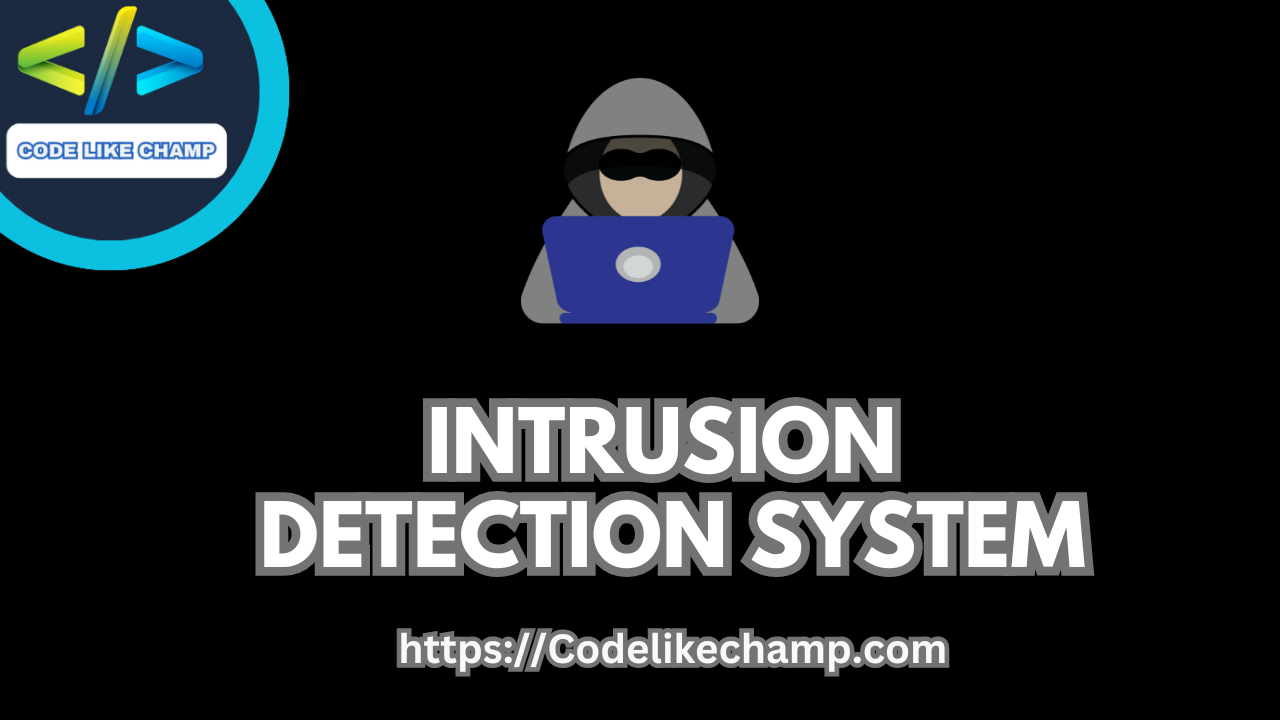History of Cyber Security

Introduction
In the ever-evolving landscape of the digital realm, the term “cyber security” has become a ubiquitous part of our vocabulary. As we navigate through the complexities of the online world, the need for robust cyber security measures has never been more crucial. This article delves into the captivating history of cyber security, unraveling its evolution from humble beginnings to the sophisticated systems we rely on today.
The Genesis of Cyber Security
The Dawn of the Digital Age
The roots of cyber security trace back to the early days of the digital revolution. With the advent of computers in the mid-20th century, the focus was primarily on functionality rather than security. Computers were massive and limited to scientific and military applications, creating a somewhat closed environment.
Emergence of Threats
As computers became more accessible, a new era emerged, bringing forth the potential for exploitation. The 1970s witnessed the first instances of computer viruses, notably the infamous Creeper virus, which marked the beginning of the ongoing battle between security and malicious intent.
Milestones in Cyber Security
Birth of Cryptography
One of the pivotal moments in cyber security history was the birth of cryptography. Ancient civilizations used codes and ciphers, but the advent of computers revolutionized this field. In the 1970s, Whitfield Diffie and Martin Hellman introduced public-key cryptography, laying the groundwork for secure online communication.
Morris Worm: A Wake-Up Call
In 1988, the Morris Worm rocked the burgeoning internet, infecting thousands of computers and exposing the vulnerabilities of interconnected systems. This incident prompted the creation of the Computer Emergency Response Team (CERT) and highlighted the necessity for proactive cyber security measures.
Rise of Antivirus Solutions
With the surge in malware attacks, the 1990s saw the emergence of antivirus solutions. Companies like Symantec and McAfee pioneered the development of software designed to detect and eliminate malicious code, becoming the first line of defense for personal computers.
The Dot-Com Boom and Bust
The late 1990s brought unprecedented growth in internet usage, leading to an influx of cyber threats. The dot-com bubble burst in the early 2000s, but not without leaving a lasting impact on cyber security practices. Firewalls, intrusion detection systems, and secure coding practices became essential components in safeguarding digital assets.
Cyber Attacks Go Global
As the internet became a global phenomenon, cyber attacks transcended borders. Nation-states started engaging in cyber warfare, with notable incidents like Stuxnet, a sophisticated worm designed to disrupt Iran’s nuclear program. This marked a shift in the threat landscape, introducing the concept of state-sponsored cyber attacks.

Evolution of Cyber Security Technologies
Next-Generation Firewalls
Traditional firewalls evolved into next-generation firewalls, capable of inspecting and filtering network traffic based on application-layer awareness. This technological advancement provided a more granular approach to security, offering protection against increasingly sophisticated threats.
Machine Learning and Artificial Intelligence
The integration of machine learning and artificial intelligence revolutionized cyber security. These technologies enable systems to analyze vast amounts of data, identify patterns, and detect anomalies in real-time, enhancing the ability to predict and prevent cyber attacks.
Blockchain: A New Frontier
Blockchain technology, initially designed for cryptocurrencies, found its way into cyber security. Its decentralized and tamper-resistant nature makes it a promising solution for securing sensitive data and ensuring the integrity of digital transactions.
Cloud Security
The shift to cloud computing introduced new challenges and opportunities in cyber security. Cloud security solutions became integral to protect data stored in virtual environments, emphasizing the need for a shared responsibility model between cloud service providers and users.
Cyber Security Today
Threat Intelligence and Information Sharing
The modern cyber security landscape emphasizes the importance of threat intelligence and information sharing. Collaboration between organizations, governments, and security vendors allows for a more proactive and collective defense against cyber threats.
Zero Trust Security Model
The Zero Trust security model has gained prominence, challenging the traditional perimeter-based approach. This model assumes that threats may exist both outside and inside the network, requiring continuous verification of identities and strict access controls.
Compliance and Regulations
The increasing frequency and severity of cyber attacks have led to the implementation of stringent compliance standards and regulations. Frameworks like GDPR (General Data Protection Regulation) and HIPAA (Health Insurance Portability and Accountability Act) set guidelines to ensure the protection of sensitive information.
The Human Element: Training and Awareness
Recognizing that human error remains a significant factor in cyber security incidents, organizations now prioritize employee training and awareness programs. Phishing simulations and cybersecurity training empower individuals to become the first line of defense against social engineering attacks.
Useful Resources for Further Exploration
- National Institute of Standards and Technology (NIST) Cybersecurity Framework
- MITRE ATT&CK® Framework
- Cybersecurity & Infrastructure Security Agency (CISA)
- Open Web Application Security Project (OWASP)
Conclusion
The history of cyber security is a testament to the relentless pursuit of safeguarding our digital world. From the early days of mainframes to the era of cloud computing, the landscape has transformed, presenting new challenges and opportunities. As we continue to grapple with ever-evolving threats, the collaborative efforts of individuals, organizations, and governments remain the cornerstone of a secure cyber future. By staying vigilant, embracing technological advancements, and fostering a culture of awareness, we can navigate the digital landscape with confidence and resilience. Cyber security is not just a technological necessity; it is a shared responsibility that transcends boundaries, ensuring a safer online experience for generations to come.
Also read this :




